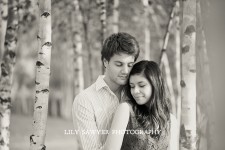Macro photography. Doesn’t it sound terribly technical? Well, because it is! I’m no macro photographer at all and I envy some friends who just have the knack and the eye for macro photography. This is my lame experiment, using a Macro lens. One sunny and dry morning, I found nearly a dozen spiderwebs in my very small garden. So I got a water spray (the type you use to spray flowers and plants) and sprayed the webs and the flowers – the droplets make them more interesting and give a beautiful play of light to the picture. Usually, macro photos are much much closer than these, but I didn’t have a tripod to hand and I took these on my way to grabbing a few things from the shed. There’s more to macro than just snapping with a macro lens. If you want to try it, read the tips at the bottom of this blogpost.
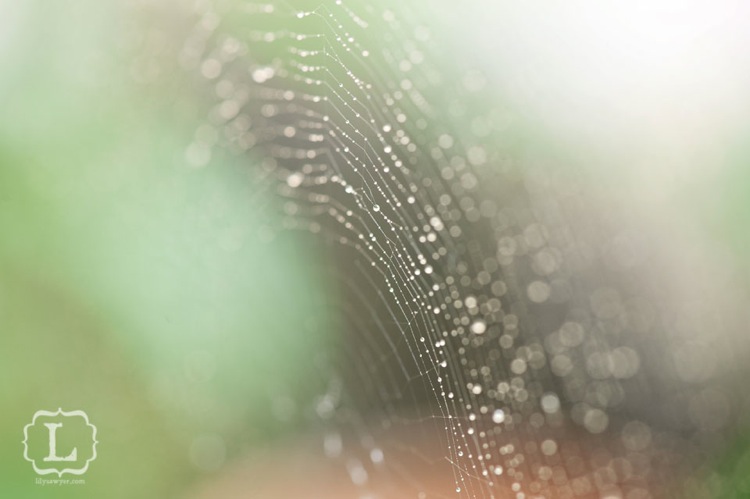
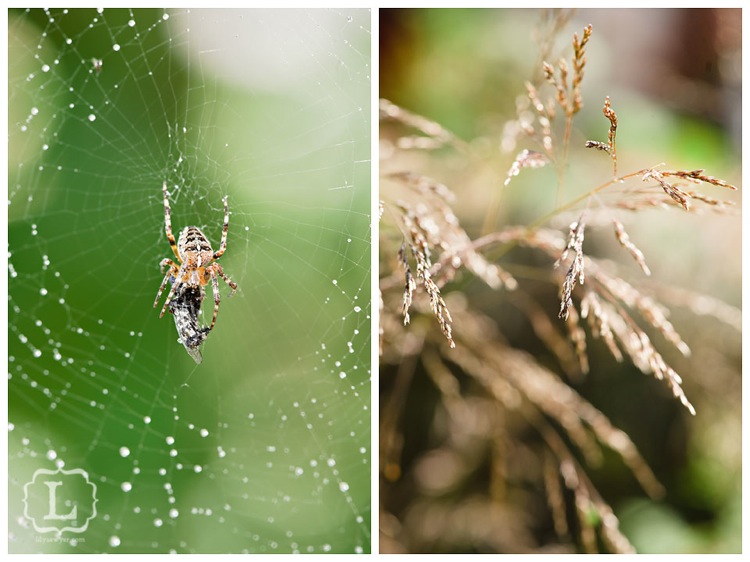
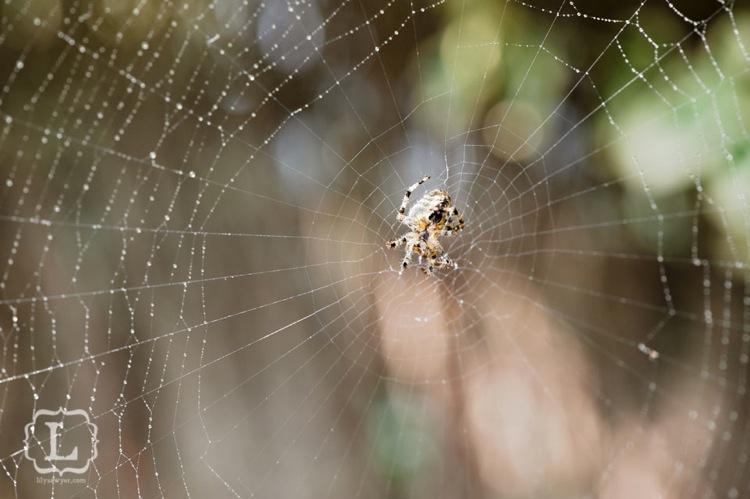
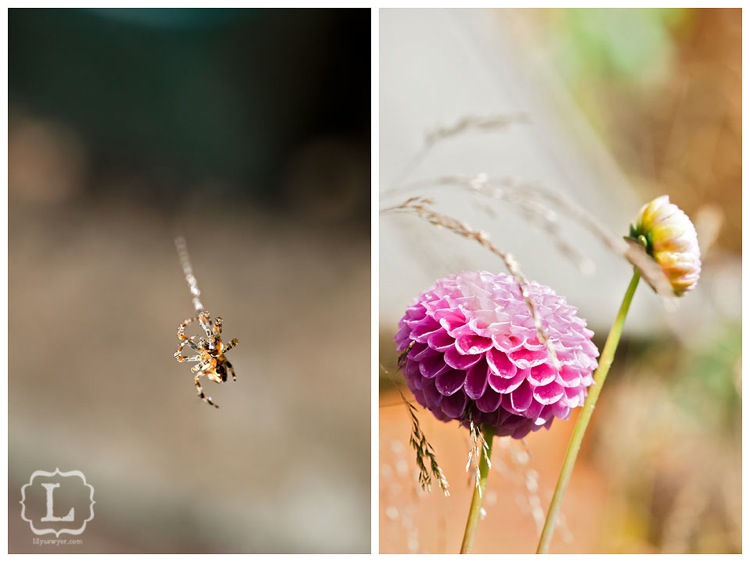
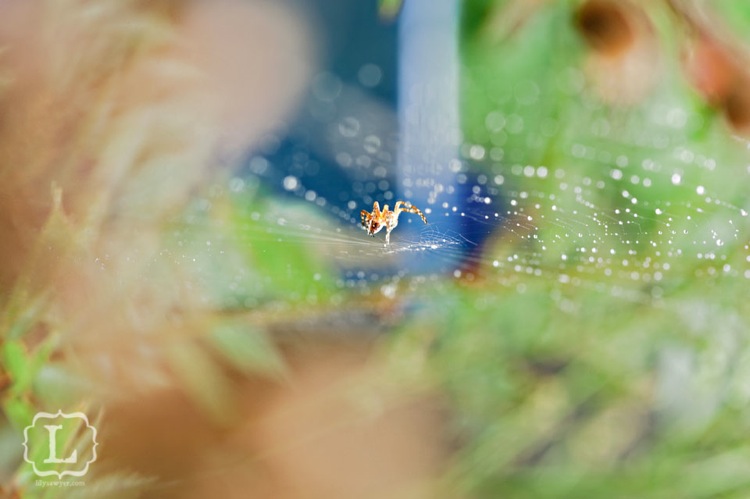
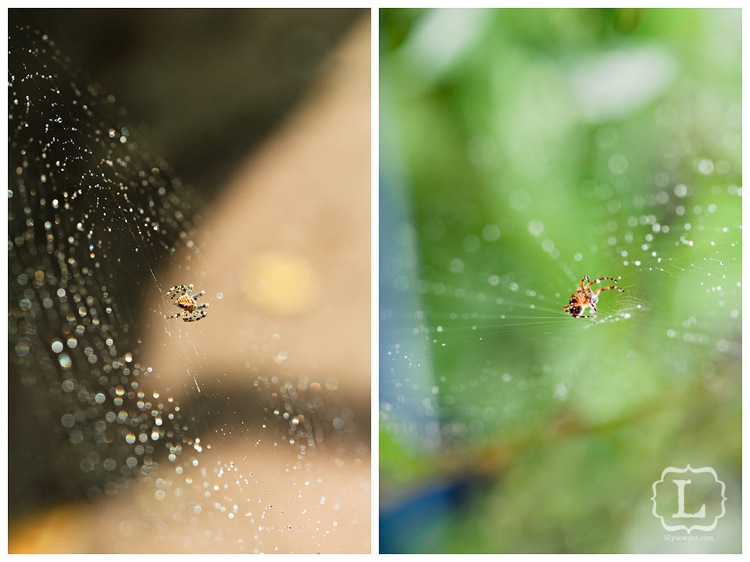
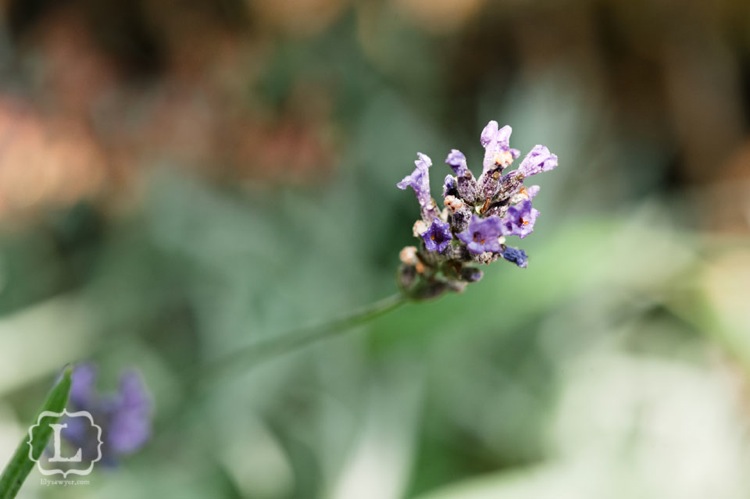
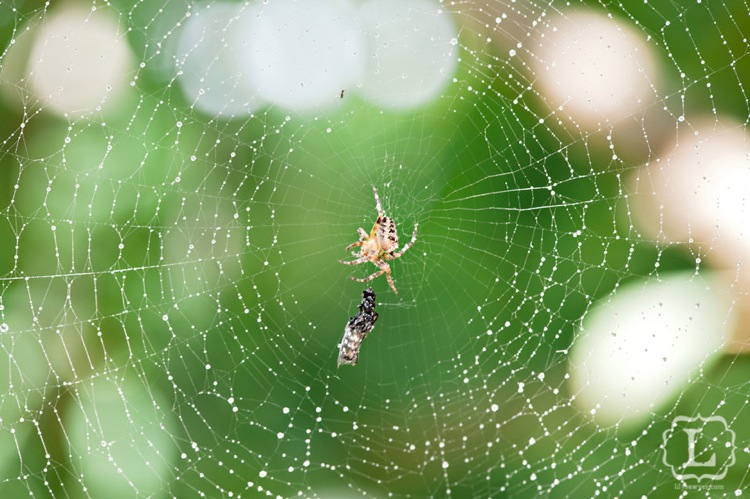

Things you would need:
1. A camera – even a good point and shoot with a macro setting can be used.
2. A macro/micro lens for the SLR/DSLR or any other lenses you have. Non-macro lenses can be used as macro lenses by taking them off the camera and using them reversed, often with extensions tubes. This technique is commonly known as “poor man’s macro”. Some people even use magnifying lenses to get that macro look!
3. Tripod – this would be very ideal. There’s a cool thing called Gorillapod which are small tripods that can cling on to branches, stand on uneven surfaces and reach other difficult areas as well as angles. But anything like a chair or table you can rest the camera on would help. Macro lenses need not be used with wide open apertures as the compression is large and the depth of field is very small the closer you go in.
4. A light source such as a torch / flashlight / video lights which are great for front or backlighting or a ringflash which is what pros use for serious macro photography. Many macro photographers use the stacking technique which is basically taking several photos of the same subject and changing the focus point of each photo to retain sharpness of most of the image. All the images are then stacked using a stacking software. Clever isn’t it?!
If you missed the previous creative tips, click here and follow the trail.
Skip to content
↑ Back to the top of the article ↑









